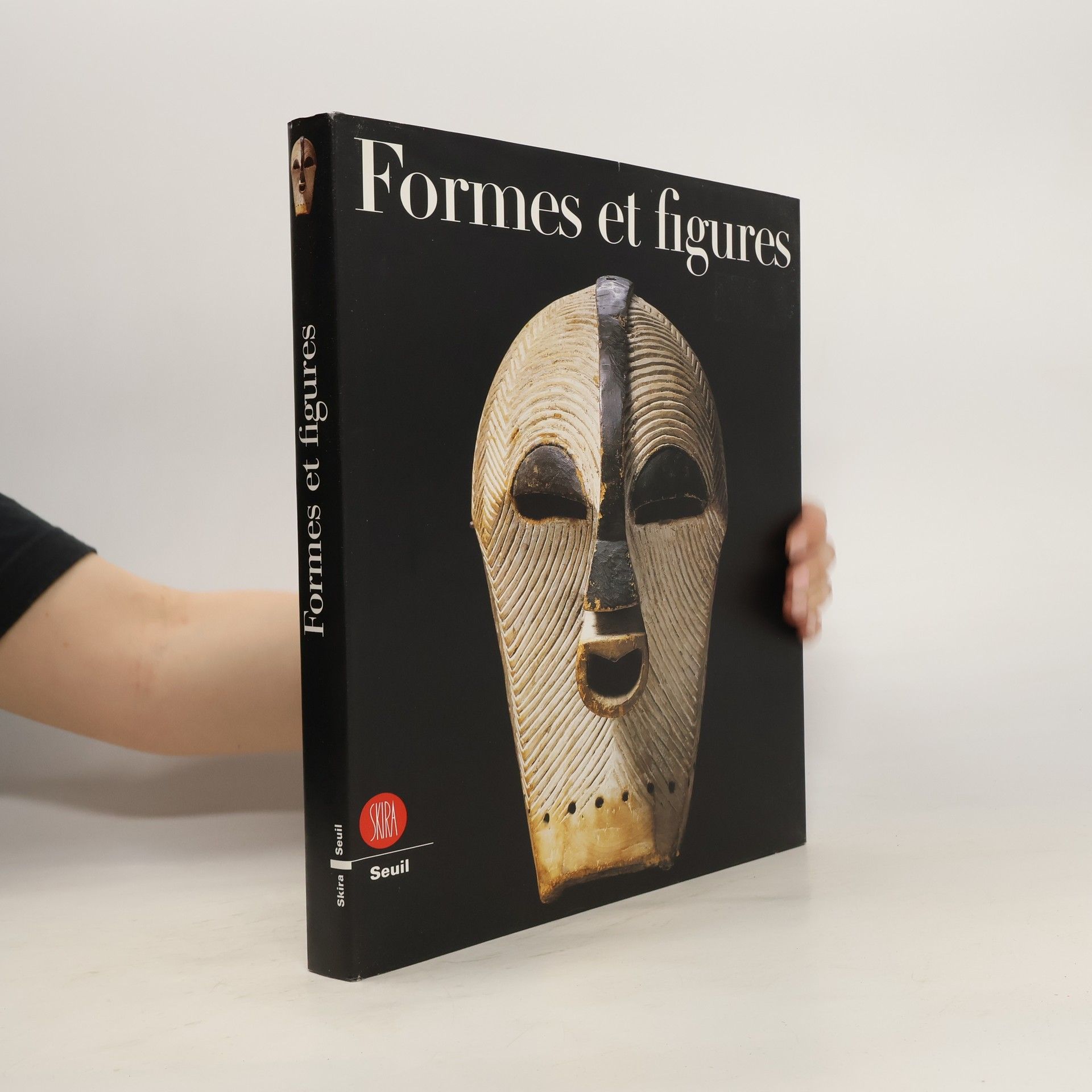William Turner (1775-1851) was simultaneously a romantic and a realist--and yet he transcended both styles. This book opens up Turner's paintings, demonstrating that he was not simply illustrating nature, but that his pictures speak directly to the eye as nature does itself.
Michael Bockemühl Books

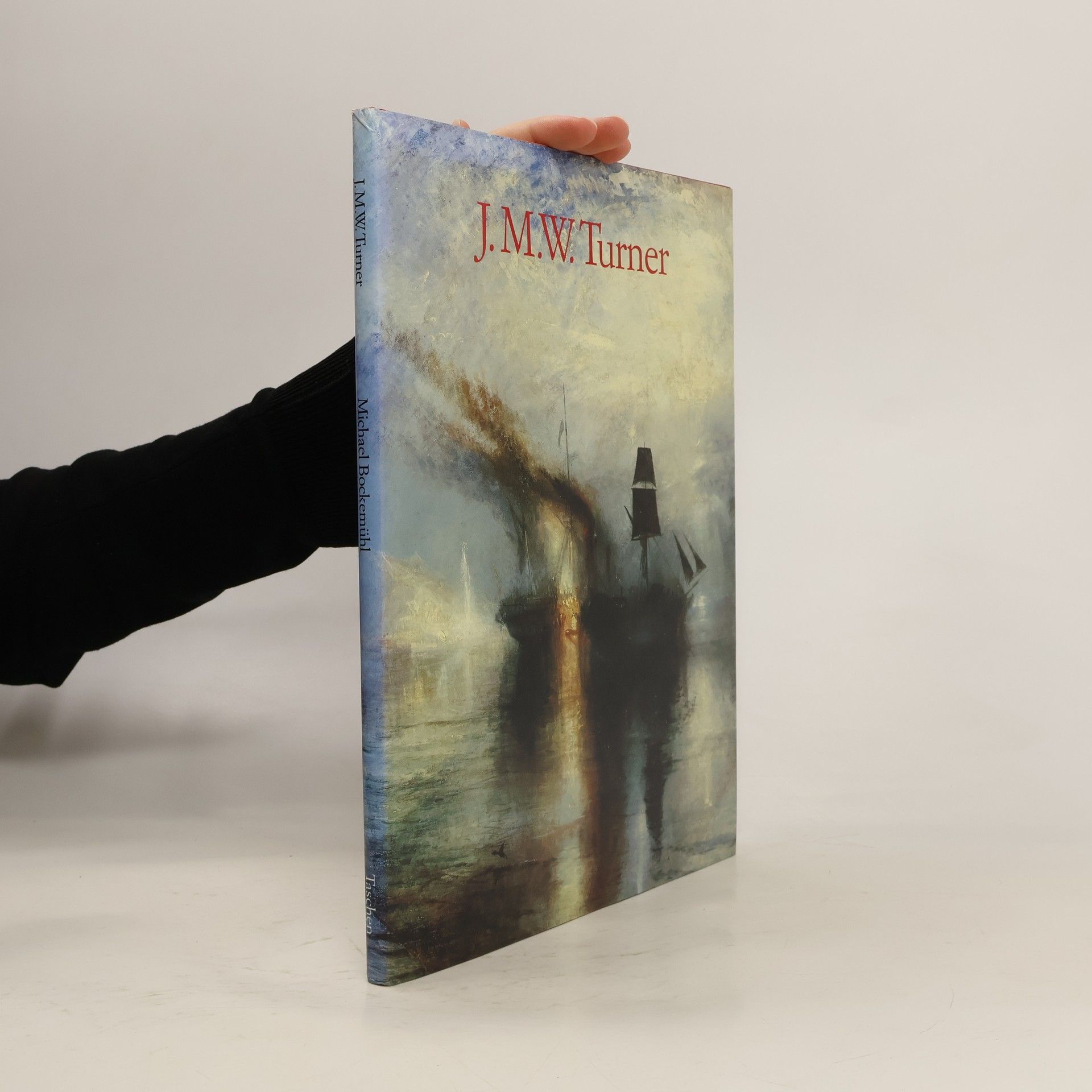
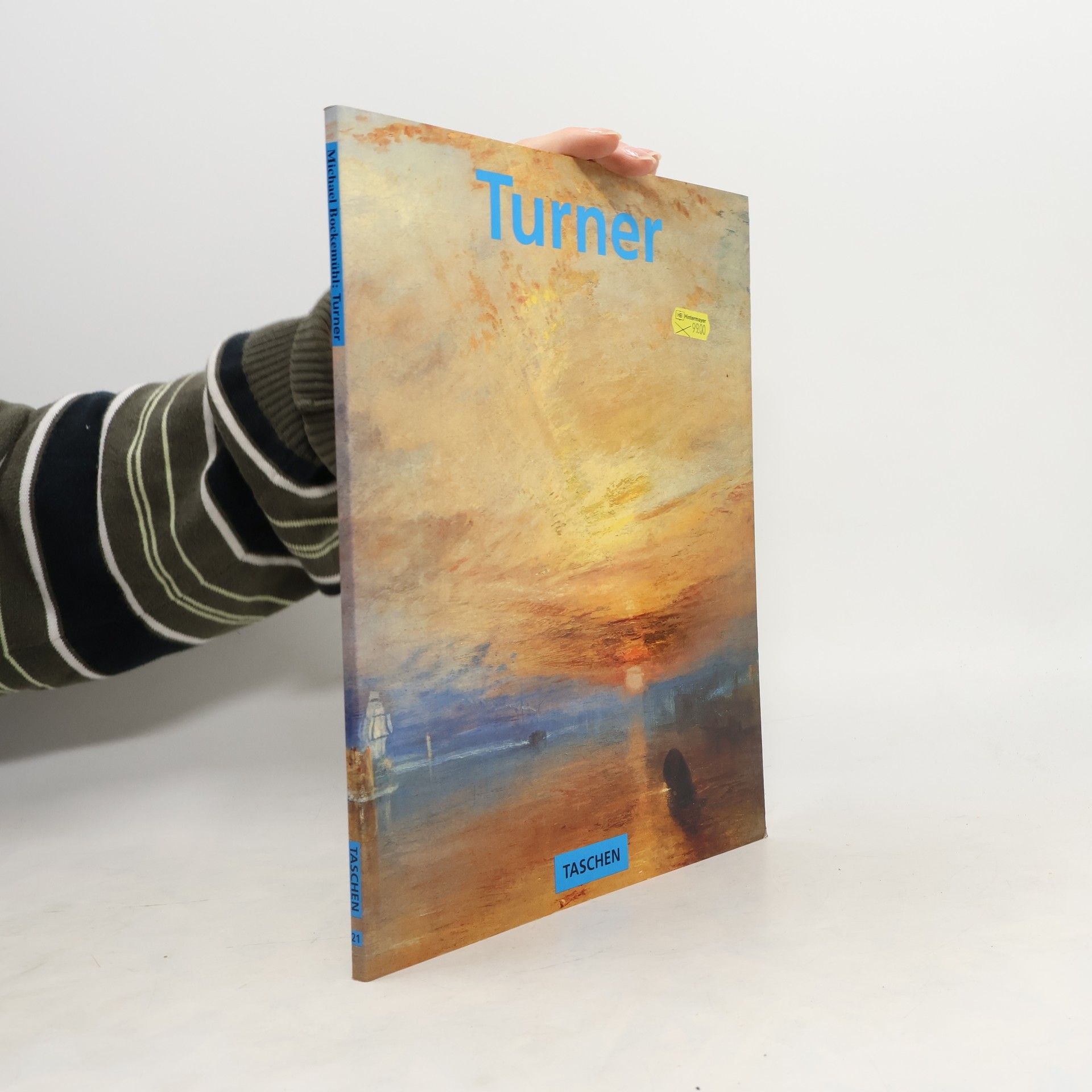
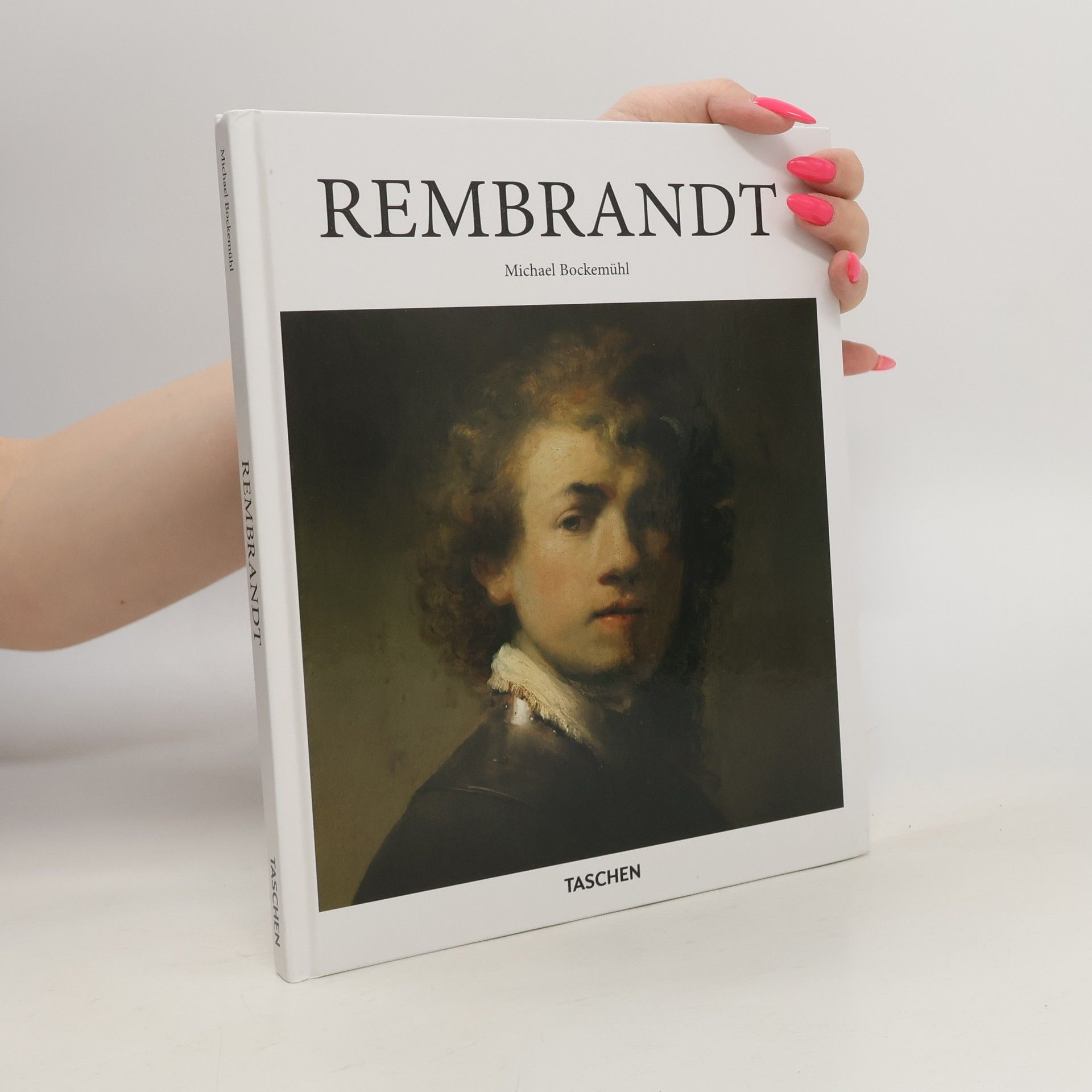
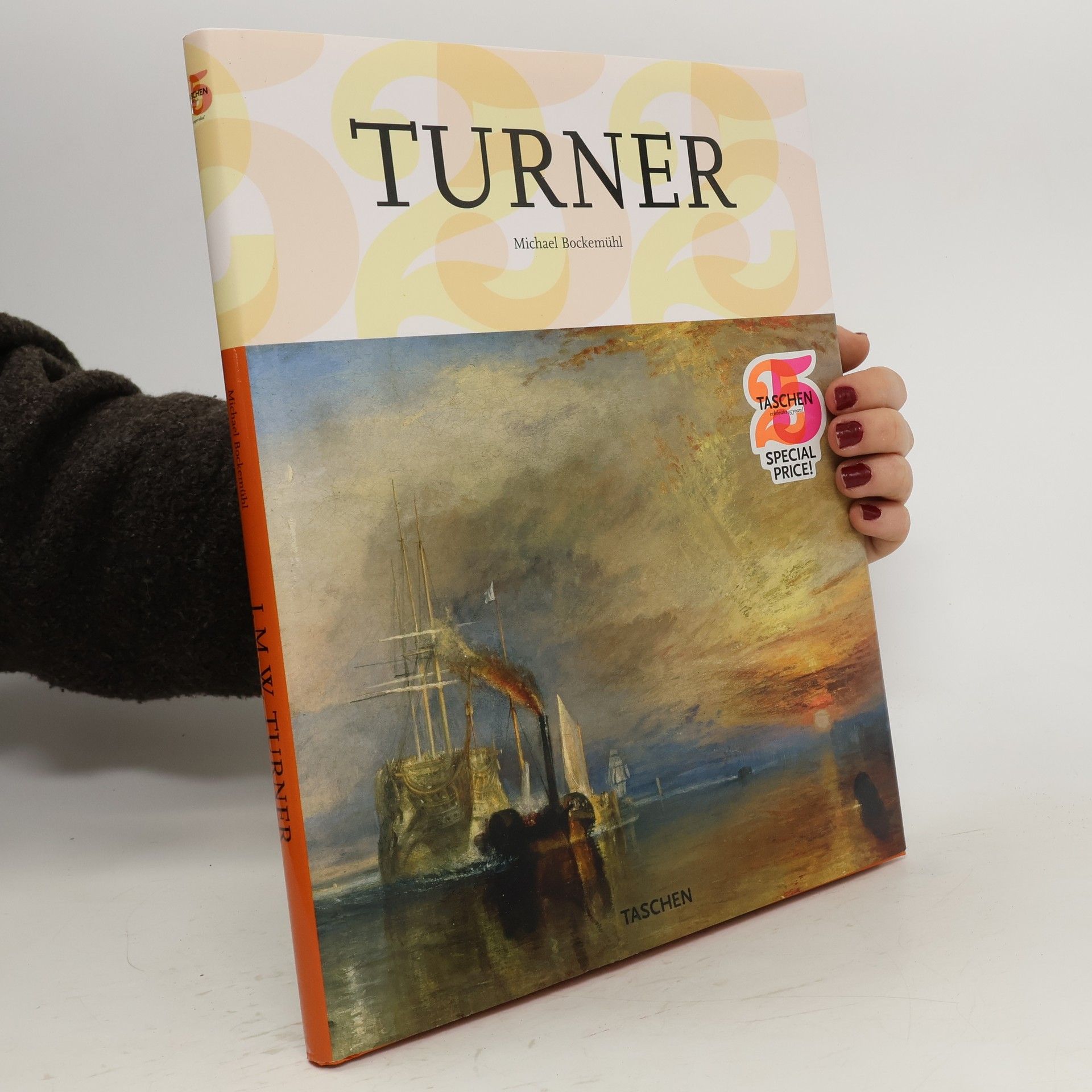
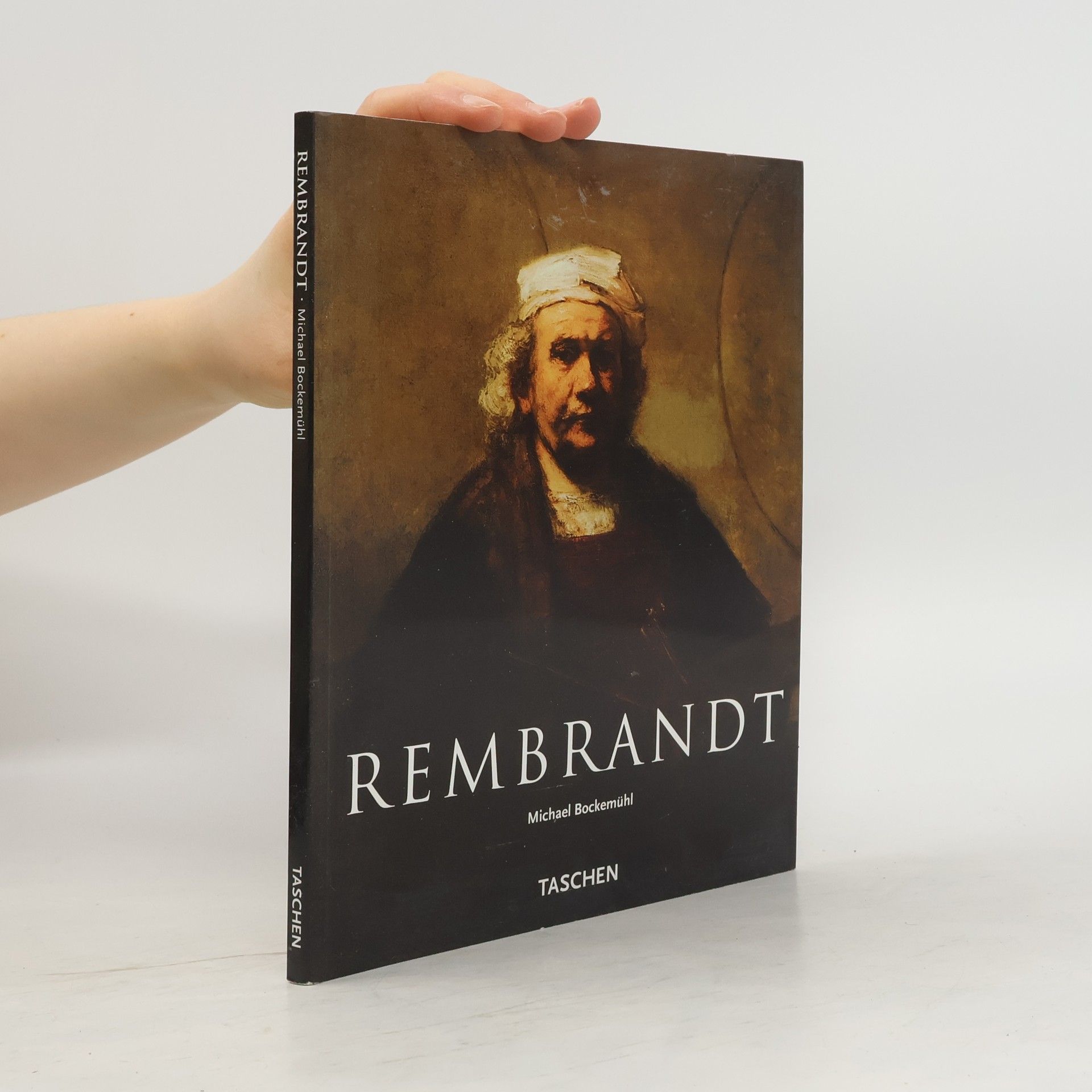
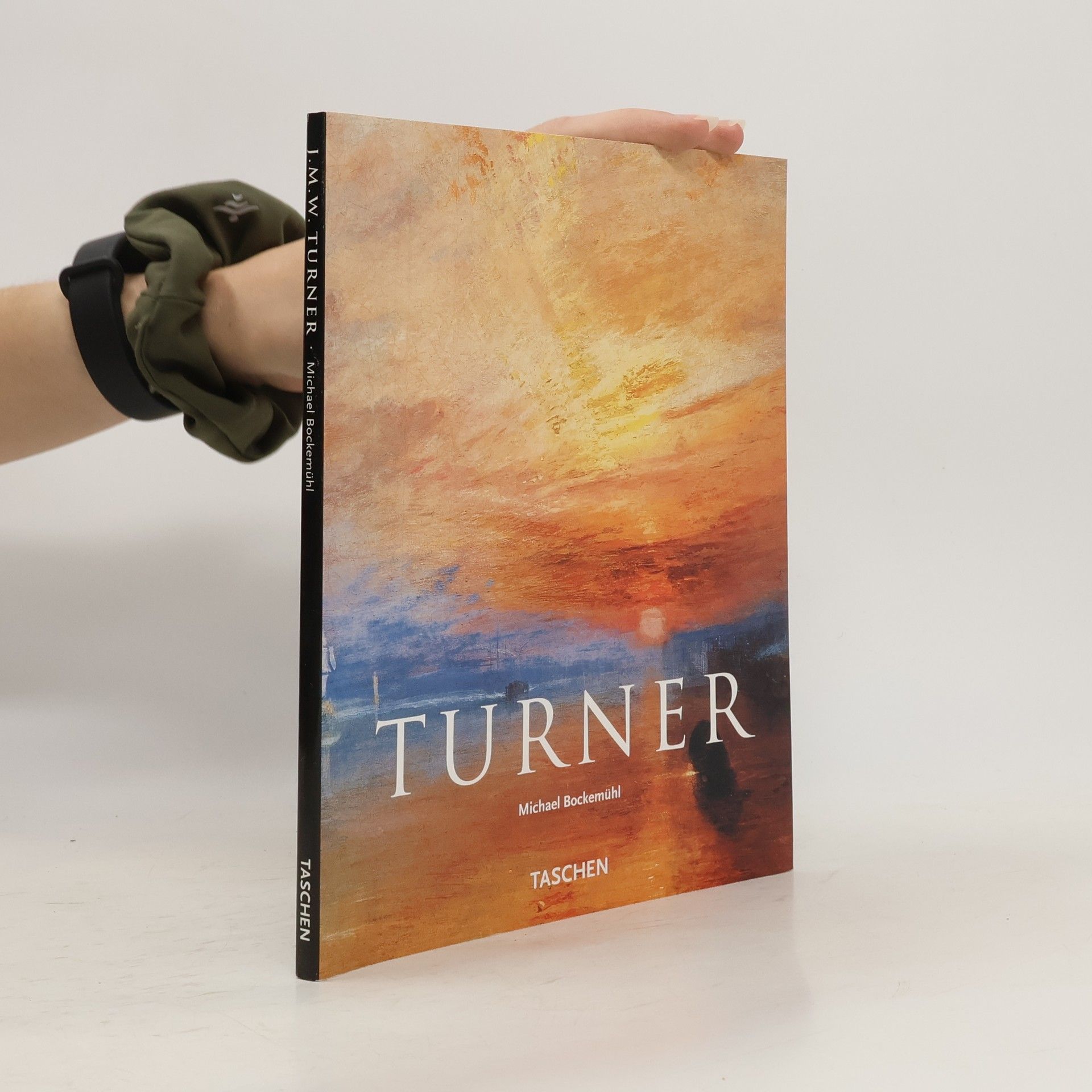
Rembrandt 1606-1669. The Mystery of the Revealed Form
- 96 pages
- 4 hours of reading
The mystery of the revealed A mirror of the artistic and intellectual developments of the 17th century Rembrandt Harmensz van Rijn (1606–1669) was one of the most complex and multi–faceted artists of the 17th century. From his initial period in Leiden to his early and late phases in Amsterdam, the stages of Rembrandt’s career mirror the artistic and intellectual developments of the century. After breaking off his studies in Leiden, the young Rembrandt trained as a painter for two years and eventually established his own painting workshop. Characteristic of the Leiden period are his biblical histories, such as The Raising of Lazarus , but the roots of Rembrandt’s portraiture, nourished by his intensive studies of physiognomy, also are to be found in these same years. Later, in Amsterdam, the perfection of Rembrandt’s likenesses initially won him the favor of numerous patrons—but the artist soon surpassed their expectations. Transcending traditional modes of presentation, Rembrandt composed his portraits in the same manner in which he had earlier constructed his scenes. The results are visible, for example, in the famous group portrait The Anatomy Lesson of Dr. Nicolaes Tulp from 1632. In the last phase of Rembrandt’s work—when, plagued by financial problems, he had withdrawn into seclusion—it is no longer possible to distinguish between event paintings and portraits. About the Each book in TASCHEN’s Basic Art series
William Turner (1775-1851) was simultaneously a romantic and a realist--and yet he transcended both styles. This book opens up Turner's paintings, demonstrating that he was not simply illustrating nature, but that his pictures speak directly to the eye as nature does itself.
Rembrandt
- 96 pages
- 4 hours of reading
Rembrandt's rise coincided with the blossoming of the Dutch Golden Age, an era of prosperity in the Netherlands. He was encouraged by wealthy patrons, but was above all driven by a profound fascination with people. In this book, we tour some of Rembrandt's key paintings, etchings, and drawings to introduce his techniques, inspirations, and exceptional achievements. From the Baroque Belshazzar's Feast to the world-famous Night Watch we uncover a world of deep, rich tones, masterful draftsmanship, and a remarkable sensitivity for the human condition
J.M.W. Turner
The World of Light and Colour
As a blind person would see the world if the gift of sight suddenly returned - so might one describe the effect of Turner's paintings on the observer. John Ruskin, the uncompromising nineteenth century defender of the painting of William Turner (1775-1851) spoke of the 'innocence of the eye', which perceives the colors and forms of the world before it recognizes their significance. But in order to develop such a style, Turner first had to overcome the entire legacy of late rococo academic teachings. He was simultaneously a romantic and a realist - and yet he was neither. His landscapes, far in advance of their time, have been called forerunners of Impressionism, but they also posses traits that influenced Expressionism, and many of his late compositions are thoroughly surrealistic. Contents Observation -a method of approach Early days -expertise becomes evident Completed structure becomes open form The artist´s world: Mental conception and pictorial realization The open picture and its manifestation The "open secret" of colour J. M. W. Turner 1775-1851: Chronology Notes
Das Werk von Joseph Mallord William Turner (1775-1851) ist eine optische Explosion und visuelle Offenbarung. Seine Landschaften und Seestücke versengen das Auge geradezu mit ihrem gleißenden Licht und brillianten Farben, so als würde die Sonne selbst aus dem Rahmen scheinen. Der passenderweise „Maler des Lichts“ genannte Turner verwendete Drucktechniken, Aquarell- und Ölfarben, um anstelle von kontemplativen Landschaftsmalereien seine mit Leben pulsierenden Szenarien zu erschaffen. Sein Leben und Werk war eng mit der Themse und dem Meer verbunden, doch er stellte auch Boten der Industriellen Revolution wie Dampfschiffe oder Züge dar und setzte in seinen Bildern die Auswüchse der Zivilisation den Kräften der Natur entgegen. Dieses Buch präsentiert die ganze Bandbreite von Turners Oeuvre und stellt einen Künstler vor, der Tradition mit radikaler Modernität verband.
Formes et figures
- 271 pages
- 10 hours of reading
Diese Edition umfasst 20 Bände und basiert auf Vorlesungen von Professor Michael Bockemühl. Band 11 widmet sich Salvador Dalí und der Surrealismus, beleuchtet die Unsicherheit der Wahrnehmung und die Instabilität von Realität und Vorstellung. Bockemühl zeigt, wie Dalís Werke die Grenzen des Verstehens herausfordern.
Farbtöne, Klangfarben, Harmonien ? wie kein anderer Künstler der klassischen Moderne bewegte sich Paul Klee als Maler, Musiker und Schriftsteller virtuos zwischen den Genres, brachte sie in Austausch und überwand spielerisch die Grenze zwischen den bildenden und den performativen Künsten. Damit gab er tiefe Einblicke in das schöpferische Zwischenreich, aus dem nicht allein die künstlerischen Werke, sondern auch der Akt der Wahrnehmung selbst entspringt.0Diese auf 20 Bände ausgelegte Edition geht auf eine viel beachtete öffentliche Vorlesungsreihe zurück, die Professor Michael Bockemühl Anfang der 1990er Jahren im Saalbau Witten hielt. In seinen Diavorträgen nimmt der Redner gemäß seinem Credo: ?Der Künstler ermöglicht, was der Anschauende verwirklicht? sein Publikum gleichsam bei der Hand und führt es zu den einzelnen Kunstwerken hin. Dabei werden weder Spekulationen über ihre möglichen Bedeutungen angestellt, noch abstrakte Theorien über das Sehen geschmiedet, vielmehr feiert der Autor ein ?Fest für das Auge?: Mit Witz und methodischer Konsequenz versteht es der passionierte Wahrnehmungsforscher die Aufmerksamkeit auf die durch nichts anderes als durch das Kunstwerk eröffneten Anschauungsmöglichkeiten zu lenken.0Die Bände werden herausgegeben von Dr. phil. David Hornemann v. Laer (Fakultät für Kulturreflexion / Studium fundamentale) in Zusammenarbeit mit Birgit Bockemühl sowie Studierenden an der Universität Witten/Herdecke
Diese auf 20 Bände angelegte Edition geht auf eine viel beachtete öffentliche Vorlesungsreihe zurück, die Professor Michael Bockemühl Anfang der 1990er Jahren im Saalbau Witten hielt. In seinen Diavorträgen nimmt der Redner gemäß seinem Credo: ?Der Künstler ermöglicht, was der Anschauende verwirklicht? sein Publikum gleichsam bei der Hand und führt es zu den einzelnen Kunstwerken hin. Mit Witz und methodischer Konsequenz versteht es der passionierte Wahrnehmungsforscher die Aufmerksamkeit auf die durch nichts anderes als durch das Kunstwerk eröffneten Anschauungsmöglichkeiten zu lenken.00Band 12: Mark Rothko, Paul Newman, Ad Reinhardt 0Mit den Werken des Abstrakten Expressionismus ? Mark Rothko, Paul Newman, Ad Reinhardt ? erfährt die geordnete Beziehung von Werk und Betrachter*in eine grundlegende Wandlung auf mehreren Ebenen. Das Bild erscheint nicht mehr als begrenzte Einheit, sondern gerät in einen Prozess der Auflösung: Die ungegenständliche Malerei der drei amerikanischen Künstler lässt die Farben an sich sprechen, deren Erscheinungsweise ist jedoch weder konstant noch eindeutig, sondern höchst subjektiv und prozessual. Diesem Zustand des Unbestimmten, Uneindeutigen, Vorgängigen liefern die monumentalen Werke von Rothko und Newman ihre Betrachter*innen unerbittlich aus, eine Möglichkeit der Distanzierung ist kaum noch gegeben ? und auch Ad Rheinhardt lässt sein Publikum mit dem Eindruck des flüchtigen, diffusen Wahrnehmungsgegenstands allein. Mit dem zwölften Band der Reihe Kunst Sehen rückt an die Stelle der Beobachtung der Wahrnehmungsvorgänge angesichts des Bildes eine umfassende Erfahrung, ein Eintauchen in Farbe, welche die Positionen von Subjekt und Objekt auflöst. Wie kann sich der*die Einzelne, ausgeliefert an die Übermacht der Farbe, an ihre eindringliche Kraft und scheinbare Grenzenlosigkeit, selbst verorten und behaupten? Einmal mehr richtet Michael Bockemühl in seinen Vorlesungen den Fokus auf Grundbedingungen unserer Existenz
